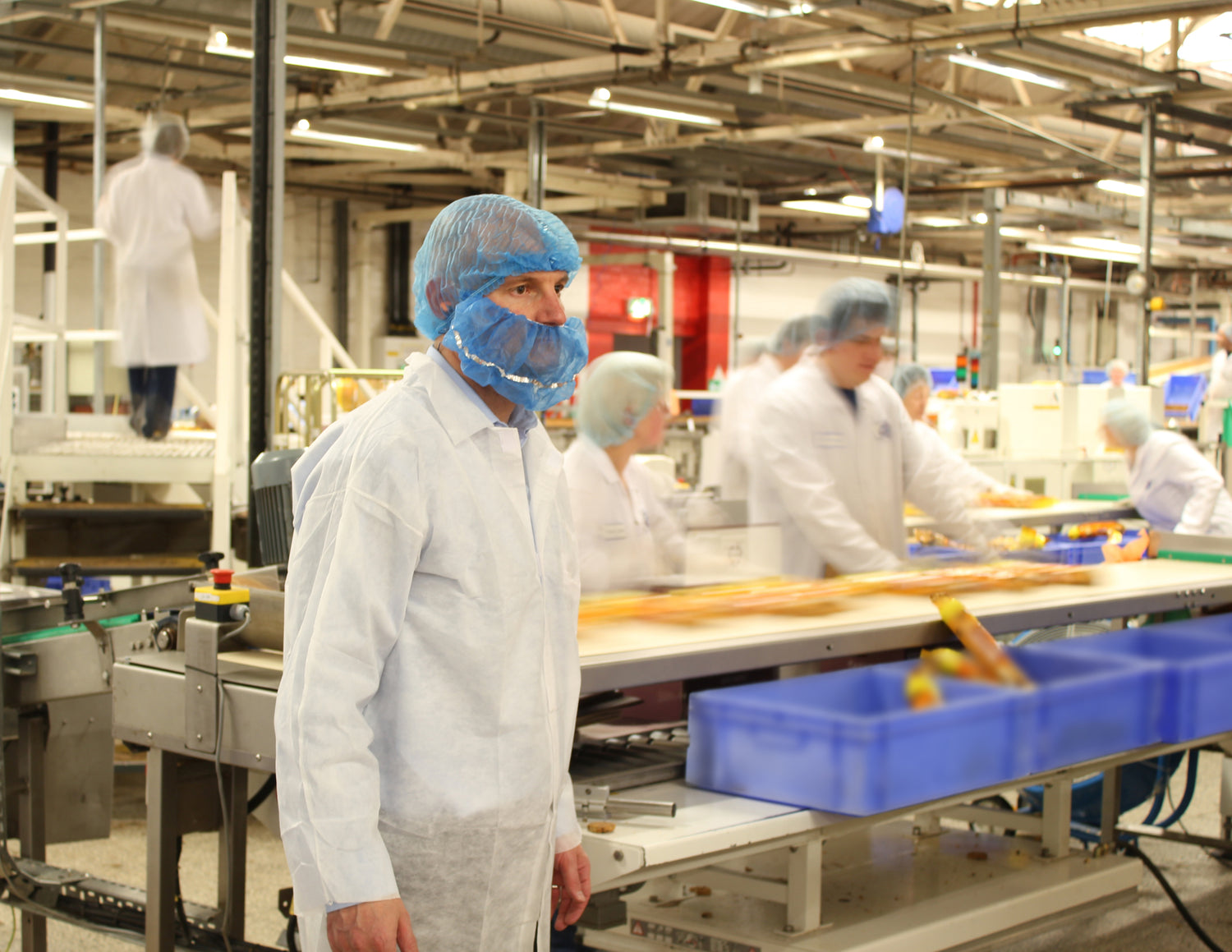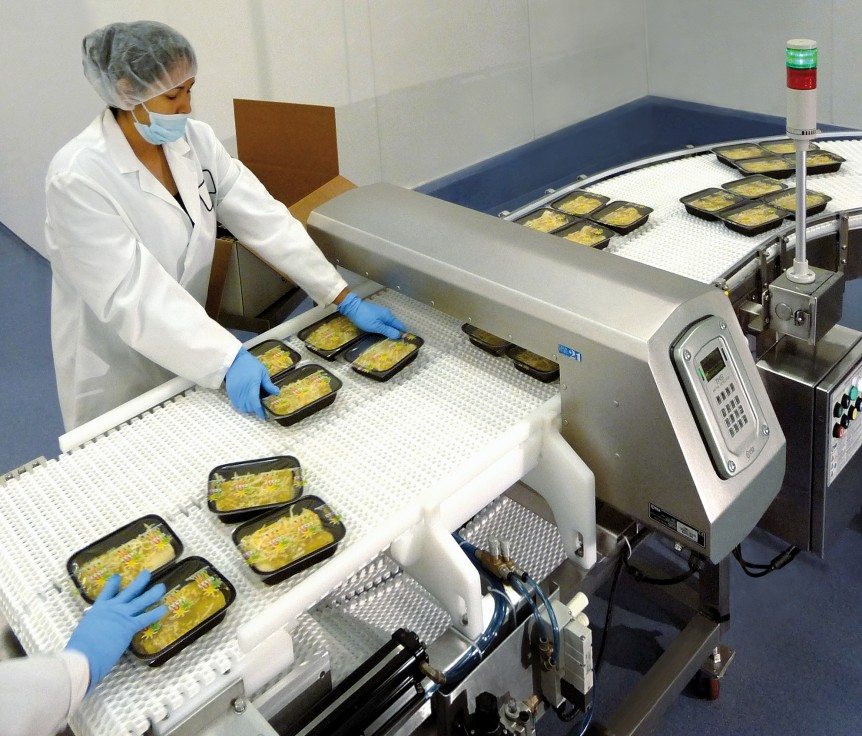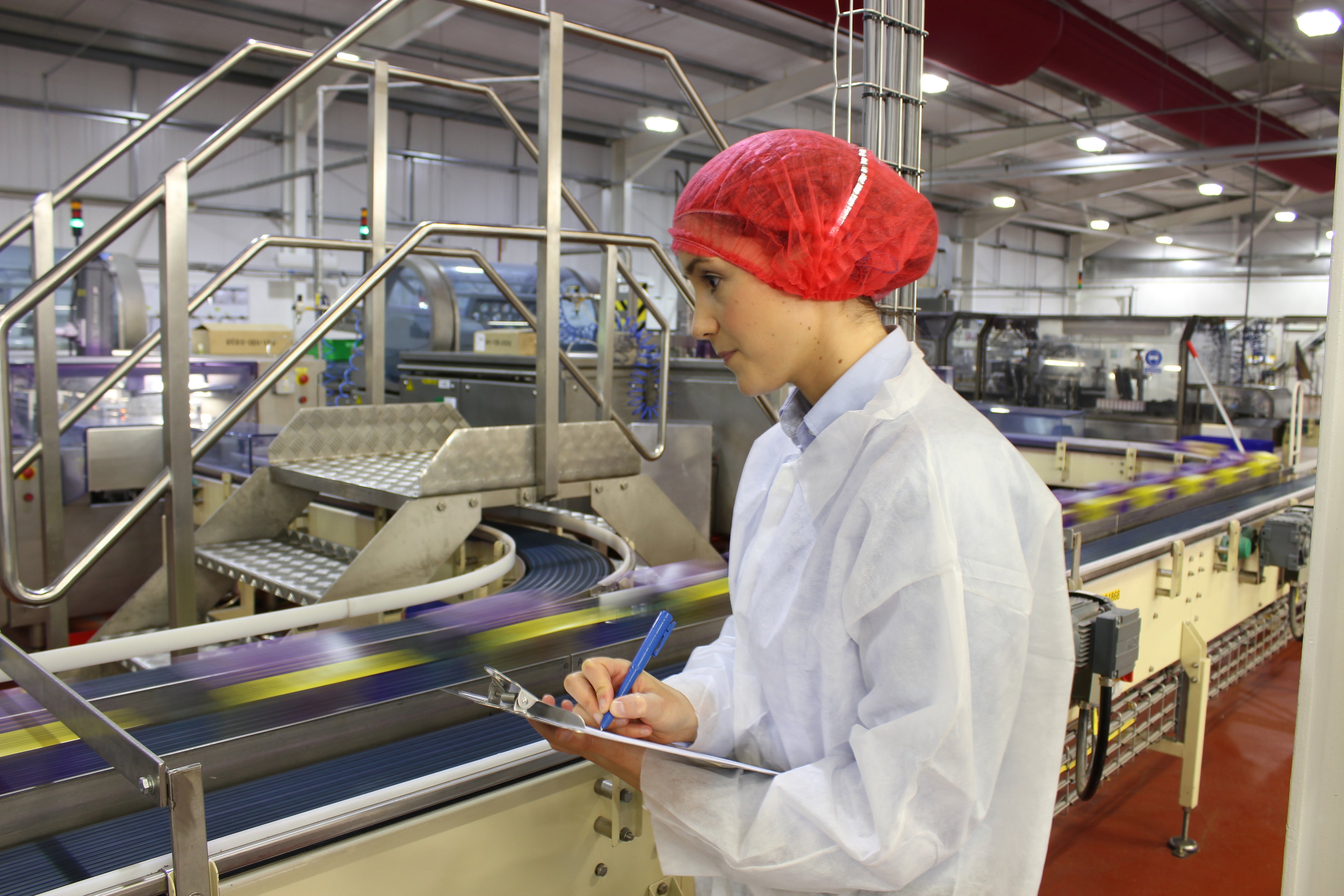Metal & X-Ray detectable equipment is an important area of resource for companies in the food processing and pharmaceutical industries - where every step is taken to prevent potential contamination. From pens and gloves to beard snoods, this type of equipment is specially designed to be easily detected by metal detectors and prevent what could be non-metallic foreign objects from contaminating products.
Metal & X-Ray detectable equipment
How do you know if you need metal & X-Ray detectable equipment?
In environments where food or pharmaceuticals are produced, undetected foreign objects can pose serious health risks to consumers. Detectable tools reduce the risk of these incidents by making sure that any lost fragments can be easily found and removed before products are sold or consumed.
The use of this equipment also helps laboratories, pharmaceutical cleanrooms and food processing facilities comply with strict health and safety regulations. By using this equipment, they are preventing an incident, such as the closure of their facilities due to a major non-conformance, and ultimately ensure that operations and procedures continue.

What makes them metal & X-Ray detectable?
Our range of metal detectable equipment incorporates metal and x-ray visible fillers into the base plastic material of items such as ear plugs and pens. This allows for potential contaminants to be identified and rejected by inspections systems*.
Why is detectable equipment important?
Prevention of potential contamination:
The use of detectable equipment ensures that no foreign objects end up in the final product*. This maintains product safety and the integrity of the company.
Compliance with current guidelines:
The pharmaceutical and food industries operate under many guidelines and regulations (such as GMP & HACCP) that require proof that every effort has been taken to prevent contamination.
Ensures product integrity:
For sensitive research, maintaining the integrity of lab samples is critical. Detectable equipment helps ensure that research results are not compromised by contamination.
Helping you stay audit-ready every day:
The BRCGS Issue 9 Clause 4.9.6.2 states that “portable handheld equipment shall be controlled by the site to minimise the risk of physical contamination”. The use of detectable products proves that due diligence is being taken to comply with BRCGS and retailer audit requirements.
Why is this particularly relevant for the food sector?
The FSA Incidents and Resilience Annual Report for 2022/2023 stated that there had been 2,038 food and food safety incidents in the UK. These incidents resulted in 143 alerts and 61 product recalls, damaging customer trust and brand reputation. In this report, it was also revealed that foreign body contamination still remains in the top 10 causes of incident notifications. This proves that companies can still improve in this area and that they should still investigate the use of smaller, moveable items present within their work environment.
Things to consider when using metal detectable equipment
While the use of metal detectable equipment is an asset to any processing procedure, there are some key things to consider which may affect how your metal detector is calibrated. We detail these affecting factors below:
Types of contaminants
There are three types of metallic contaminants that a metal detector can pick up:
- Ferrous
- Non-ferrous
- Stainless steel detection (this depends on the magnetic, conductive properties)
Whereas non-ferrous contaminants are conductive, making them easy to find using a detector, ferrous metal contaminants are not only conductive but also extremely magnetic. Detection via a metal detector is only an issue when concerning stainless steel implements as it has poor conduction properties and is usually non-magnetic. This problem is significantly heightened when the product being processed is wet or has a high salt content. This is due to the product having a higher conductivity than the metal involved.
Why is moisture an issue for metal detection?
A high moisture content can affect metal detection due to a variation in density and an increased electrical conductivity. Higher density areas within the food product can cause variations in the metal detector’s electromagnetic field, complicating the detection process. This variation can result in false positives or reduced sensitivity, making it harder to accurately detect metal contaminants. Batch after batch could be rejected due to false readings and strong background signals leading to a waste of time and money. Addressing these issues requires careful calibration, as lowering the sensitivity too low will decrease the detector’s ability to identify small metal fragments.
Prevention before detection
While companies should always adopt a ‘prevention before detection’ approach, rather than relying solely on metal detection, this can leave room for human error. Prevention before detection requires you to look at all areas of production and identify any risks of foreign body contamination before they occur. This is still likely to benefit your business overall as you will be working towards an effective approach to safeguarding against this issue, however it may take time to implement and involves more thought and effort from staff to foresee issues before they occur. Metal detectable equipment offers another layer of safeguarding on the frontline while also complying with industry regulations and complimenting a company’s HACCP system.
*inspection systems need to be correctly maintained and calibrated to ensure foreign matter is identified.
Want to find out more?
Discover our range of metal detectable equipment here or chat to our team of experts for advice and guidance by calling 1603 788833.


